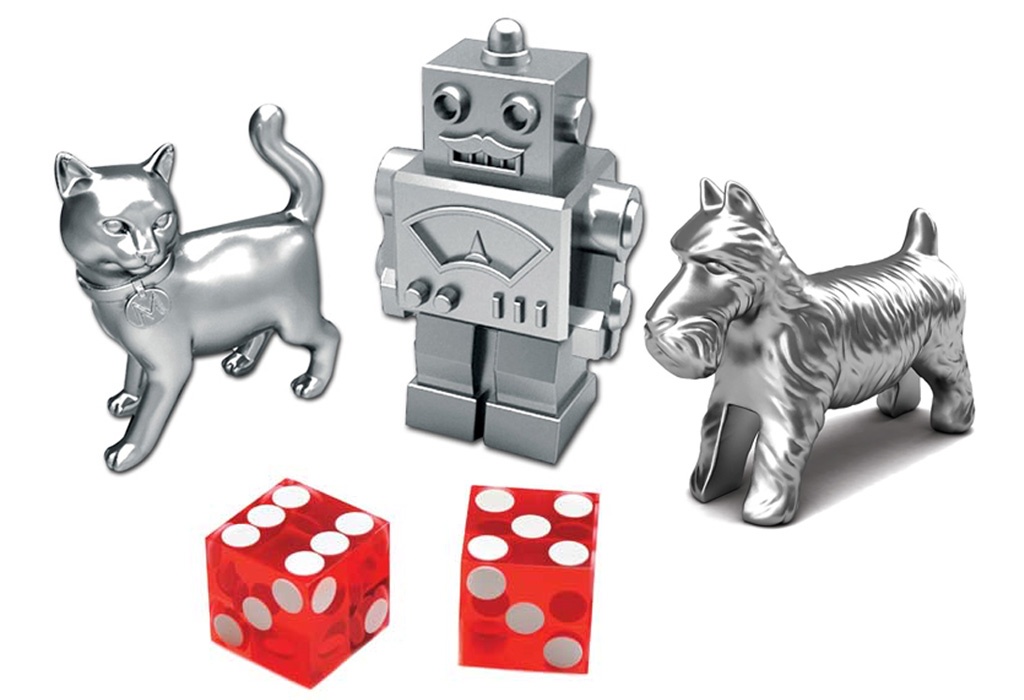In the world of software development, you’ve likely heard a lot of fancy terms; machine learning, Artificial Intelligence, Internet of Things, Virtual Reality, the list goes on and on. But how many of those have been proven to last and will remain impactful to us in 2019?
Let’s take a look what’s here to stay in 2019 and how they may affect you.
1. Big Data is Just Data Now
- Big data was a hot topic a while back. But, it’s no longer, “hey, big data is coming.” The notion now is “bigger data is here.” What used to be constrained as too much data to process is all possible now thanks to cloud providers. Data is now decentralized from the local server and in the cloud, which provides a better disaster recovery plan and greater computing power for processing the data.
- From a business perspective, data has become a critical part of business resources and not just a tool. Organizations rely on data for better decision making, predicting trends or forecasting for their business. With that, data science plays an essential role at the enterprise level as data can be presented to management or executives for making informed decisions to align business strategies for a competitive advantage.
2. Machine Learning
- Artificial Intelligence (AI) has been trending over the past few years, and now it’s time to factor in machine learning.
- There are 2 types of machine learning:
- Unsupervised learning: The program is “trained” on a pre-defined set of “training examples”, which then facilitates its ability to reach an accurate conclusion when given new data. For example, if a customer purchases bread, the same customer is 80% more likely to purchase eggs in the same transaction. Major grocery stores, such as Meijer, are equipped with machine learning capabilities to learn consumer habits and display merchandise next to each other based on identified consumer purchase patterns.
- Supervised learning: The program is given a bunch of data and must find patterns and relationships therein, learning behaviors that maximize reward. For instance, mobile robots learning redirection based on obstructions. It’s supervising itself and storing that data to avoid the obstructions later.
- Quantum computing goes hand in hand with machine learning. We often discuss faster computers and machine learning as if they were an enigma because it was only theoretical and wasn’t realistic. However, with faster computers and different ways to program them, quantum computing has become more realistic.
3. Low-code development
- A coder or a programmer has to do something in order to make something happen in the machine. Low-code development refers to a visual interface in which you can drag and drop encapsulated action blocks with some preset types of functions or parameters to give you a start-to-end application. This type of development has especially allowed mobile application development to get easier and more cost effective.
- Some examples of low code development include:
- Nintex and Microsoft PowerApps : These are workflow and form type of applications which you can integrate with SharePoint or Salesforce, or use in a stand-alone basis, to enable automation and reporting based on provided data.
- SPARK+
- LabView in Robotics
- As a developer, I welcome low-code development instead of being threatened or disappointed by this new trend. With low-code development, software developers can do something more exciting and challenging, such as trending and predicting with machine learning, instead of coding the same thing again and again.
4. Software Revenue Models
- Subscription – Traditionally, there is the off-shelf software that consumers purchase and install on their computers. They can update the software based on the original CD or download the updates after installation. This has been the model since the beginning of the software era and it has been a good model that worked. However, there is always something better. Software-as-a-service (Saas) is now becoming more prevalent with subscription model. The subscription model provides recurring revenue for the manufacturer, enabling them to continuously improve the software through ongoing updates, bug fixes or feature enhancements to the application. Because of the subscription model, the software update can be done automatically or by your system preference on an almost transparent basis.
- Fortnite Free- This is the micro transaction model, such as the in-game/app purchase that we often see. The cost to use the app or software is low or sometimes even free, but there is the option to make in-app purchases. For example, Epic Games, the creator of Fortnite generated 3 billion profits in 2018 through micro transactions from in-game purchases.
5. Block Chain Technology
- Block chain has been trending in the past few years, and it is going strong. We have heard a lot about block chain with bit coin, because bit coin and crypto currency demonstrate the potential application and use of block chain technology.
- Block chain can also be applied to manage electronic medical records, supply chains, digital identity, voting or smart contracts. As time and technology progress, the use of block chain will be more widely applied and integrated in our day to day life.
Which one will have the most impact on your business?
For more information about how we can help you, contact Red Level today.
For more information about gaining a competitive advantage with digital transformation, contact Red Level today.
Related Posts
At this year's Modern Workplace Summit business leaders discussed real-life ...
We all know the basics like hand-washing and social distancing, ...
Michigan businesses have been given the green light to get ...






